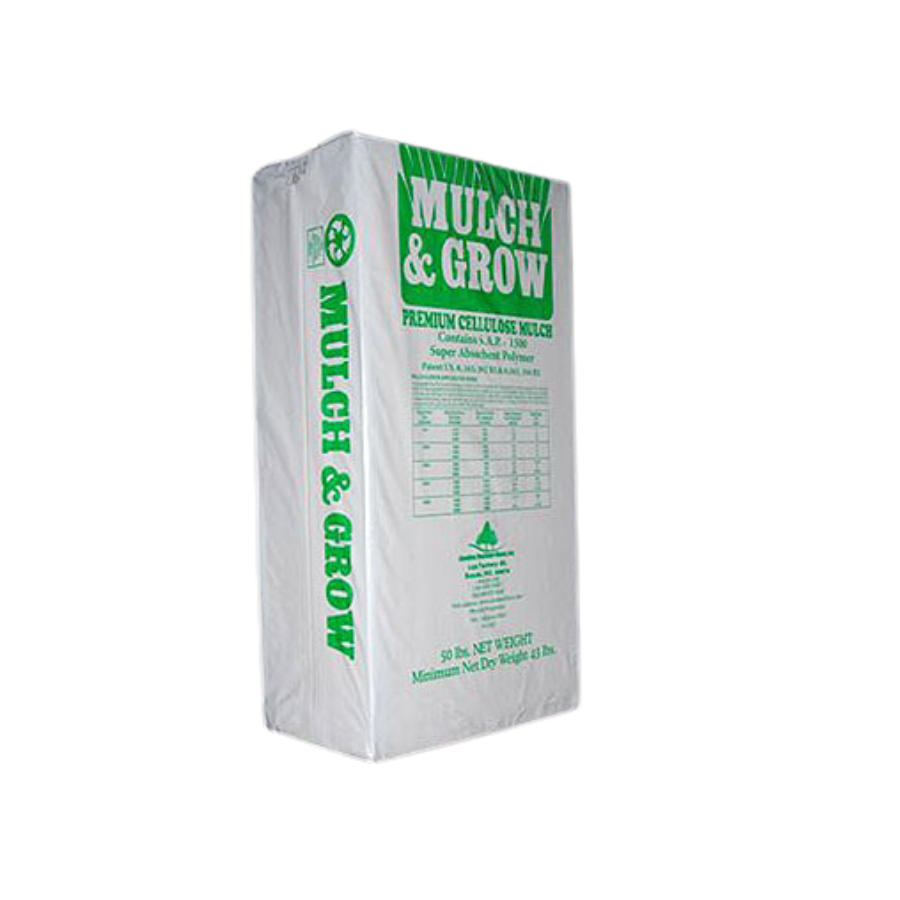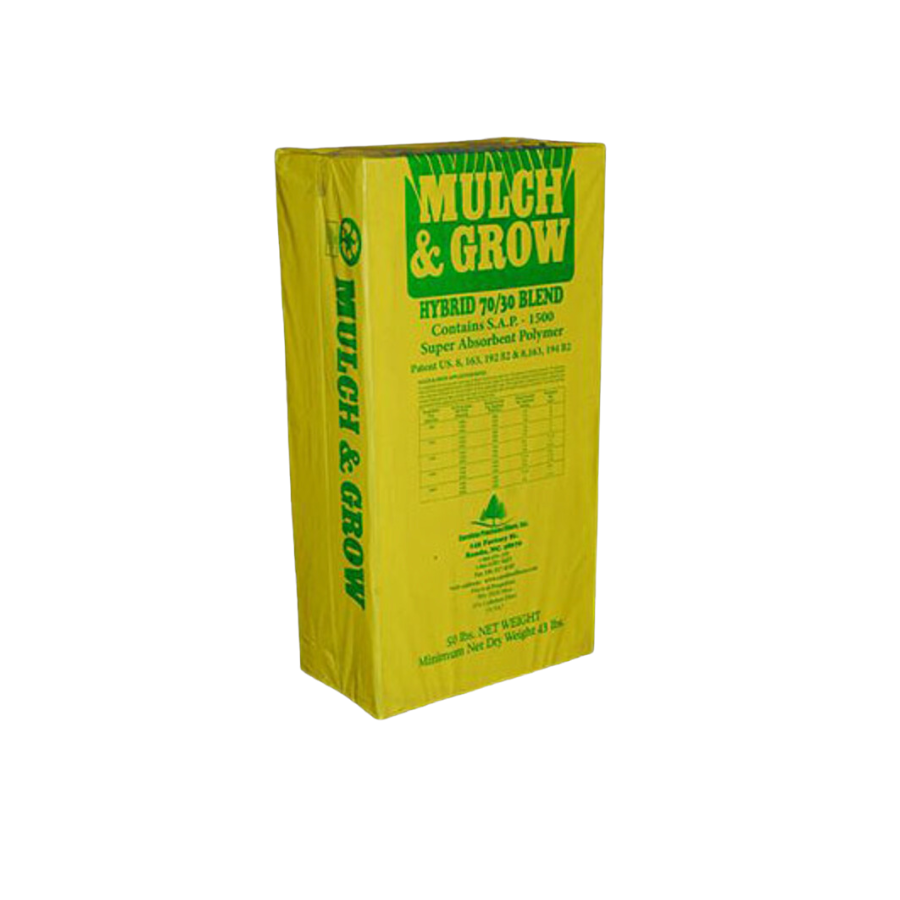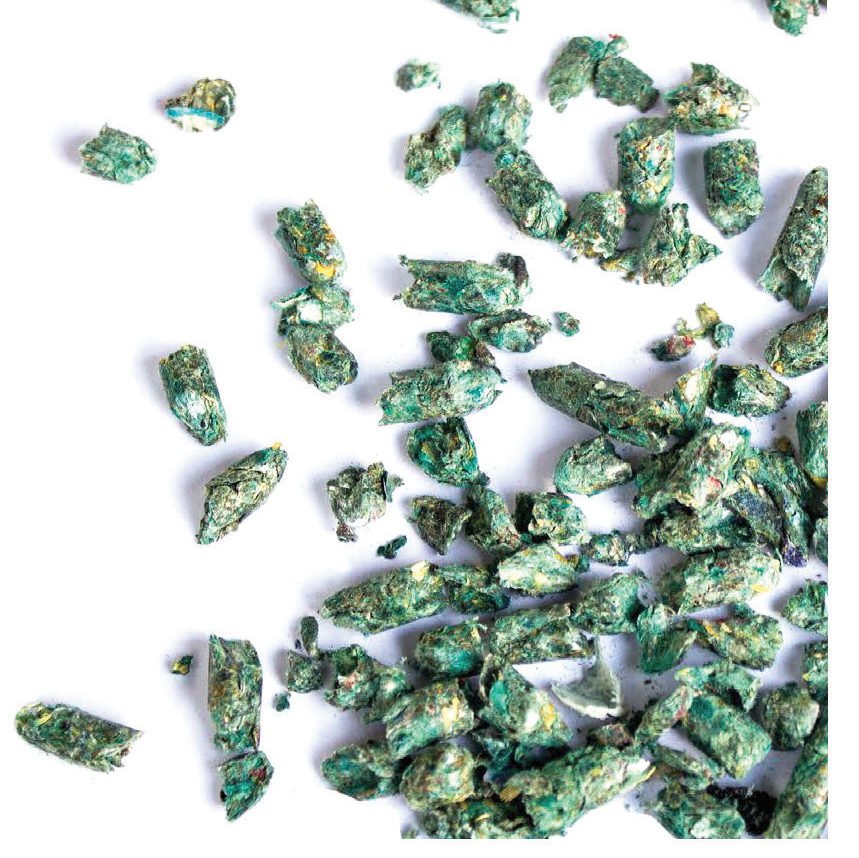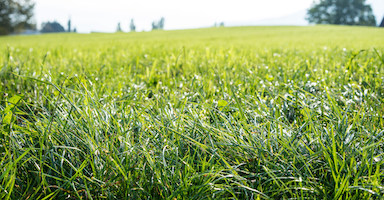31 AugHydroseeding 101

Hydroseeding is a method of hydraulically applying grass seed and hydromulch.
You can hydroseed lawns, slopes, residential developments, highway medians and almost anywhere else that needs vegetation and erosion control. The method and products vary per project but the outcome is the same; fast and widespread ground cover.
In this article, we’re going to cover some hydraulic seeding basics including:
- Hydroseeding vs. hydromulching
- Why hydroseed?
- What is a slurry?
- Types of hydromulch
- Application rates
Hydroseeding vs. Hydromulching
Even if you’re new to the erosion control and landscape industry, you have likely heard the terms “hydroseeding” and “hydromulching.” Other versions include hydraseeding, hydraulic mulching, hydraulic mulch seeding.
Although these words are used interchangeably in our industry there is a technical difference between them.
Hydroseeding applies a slurry for hydromulch, grass seed, fertilizer and soil additives. This hydraulic seeding method intends to establish vegetation for ground cover and erosion control.
Hydromulching generally includes just mulch and tackifier. This method establishes a temporary protective cover over bare ground in order to lock in soil for erosion control.
Although there are slight differences in these two terms, most industry professionals use these terms interchangeably.
For consistency sake, our team usually sticks to the term hydroseeding.
Project plans, owners and site requirements will make the distinction clear by specifying what should be applied.
Why should you hydroseed?
There are many different reasons you might need to hydroseed. In almost all situations, however, the goal is fast and thorough ground coverage.

Landscapers for example, hydroseed subdivisions, commercial properties and large yards for a uniform application.
Contractors on the other hand, hydroseed to establish vegetation and control erosion on construction sites. Some contractors also prefer to hydromulch in lieu of rolled erosion control blankets.
Hydroseeders also allow you to access hard to reach places because these machines have hoses that extend and spray beyond the truck.
Lastly, hydroseeding combines three actions in one: seeding, fertilizing and erosion control ground cover. This triple threat not only saves time but effectively establishes vegetation and controls erosion.
What is a slurry?
When you hydroseed you hydraulically apply a slurry; a mixture of water, hydromulch, grass seed, fertilizer and soil amendments.
The slurry includes everything you need for proper vegetative establishment:
- Grass seed
- Nutrition through fertilizer, lime and amendments
- Tackifier
- Ground cover with hydromulch
- Water
The slurry’s products and quantities will depend on the application rate. Mulch manufacturers specify application rates for hydromulch. It’s important to follow these rates in order to achieve effective erosion control and vegetation and avoid over (or under) spraying.
Types of Hydromulch
There are hundreds of hydraulic mulches on the market today. There are single product bales, blends and high performance hydraulic mulches.

100% Cellulose Hydraulic Mulch
This hydromulch is made of fully biodegradable 100% recycled cellulose fibers. 100% Cellulose Hydromulch is also known as paper mulch. It is recommended for erosion control on slopes less than 4:1.
100% Cellulose Hydraulic Mulch is inexpensive compared to hydromulch blends and high performance mulches. For that reason, it is a popular choice for ground cover when slopes are not too steep and erosion is not severe.

100% Wood Mulch
This hydraulic mulch is made entirely of wood fibers that are derived from wood chips. 100% Wood Hydromulch should be applied on slopes that are less than or equal to 2:1.
Apply 100% Wood Mulch when you need greater erosion control. It has greater moisture retention than 100% Cellulose which means it aids vegetative establishment.

Hydraulic Mulch Blends
Hydromulches can also contain a blend of different fibers. 70/30 is one of the most common ratios. These mulches typically contain wood and cellulose fibers. Our 70/30 blend is a unique formula derived from DLK (cardboard) fibers and cellulose fibers.
Similar to wood mulch and paper mulch, blends should be applied as a base level mulch for moderate slopes.

High Performance Hydromulch
High Performance Hydraulic Mulches are engineered for improved moisture and soil retention. These mulches are often made from wood fibers but some hydraulic mulches are made of straw.
These mulches are specified for steep slopes, severe erosion and long term soil loss mitigation.
High Performance Hydraulic Mulches can be more difficult to apply than the traditional products like paper mulch. It’s important to abide by the specified application rate when spraying specialty mulches.

Pellet/Granular Mulch
Pellet mulch is a granular mulch that is distinctly different from traditional bale mulches. Granular mulches can be dry applied by hand and seed spreader; or hydraulically applied with a hydroseeder.
Granular mulches expand when water hits them. These mulches require about 50% less water than traditional mulches.
Application Rates
The application rate refers to how many pounds of hydromulch is applied per one acre. This rate varies by product so it is important to follow the manufacturer’s recommended application rate. Visit our Hydromulch product page to see the recommended application rates for our hydraulic mulches.
Site conditions, project goals and the type of hydroseeder you use also affect product selection and application rate. Hydroseeding bare soil for turf establishment, for example, will require a different rate than hydroseeding steep slopes for erosion control.
Get answers to your hydraulic erosion control questions
Hydroseeding is an effective seeding and erosion control strategy for sites of all sizes. It is important to understand how different mulches, slurries and application rates will result in different outcomes. For more in depth product information or site-specific questions, contact our sales team. We can recommend products to solve your site’s problems as well as connect you to equipment suppliers and hydroseeding sub-contractors in the Mid-Atlantic region.
Learn More About Erosion Control
Spring Seeding in the Mid-Atlantic: How to get results in the Transition Zone
Spring Seeding | 2022 Update Everywhere you look Spring seeding has begun. Landscapers are overseeding…
Three Keys for Success on Mid-Atlantic Solar Construction Projects
2022 Update Clean Energy Goals Bolster Solar Construction in the U.S. Enthusiasm for renewable energy…
Coastal Erosion Solutions
Coastal erosion and sea level rise is a constant battle for waterfront communities, developers and…




